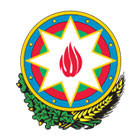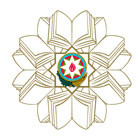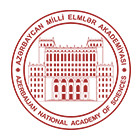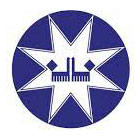The balaban, an ancient musical instrument of the Azerbaijani people, is included in UNESCO's list
2023-12-06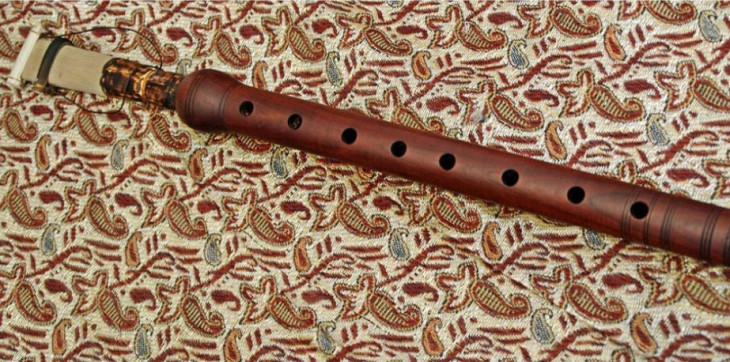
The balaban, the musical instrument closest to the human voice in sound.
Today, at the XVIIIth session of the Intergovernmental Committee for the Safeguarding of the Intangible Cultural Heritage of UNESCO in Kasane, Botswana, the multinational nomination file "Craftsmanship and Performance Art of Balaban" jointly submitted by Azerbaijan and Turkey has been inscribed on the Representative List of the Intangible Cultural Heritage of Humanity by unanimous decision of the Committee.
AZƏRTAC reports that with this inscription, the number of elements from Azerbaijan on UNESCO's Representative List of the Intangible Cultural Heritage has reached 23.
Balaban, one of Azerbaijan's ancient wind instruments, is also known as "flat balaban," "balaman," or "mey" in some regions. The instrument's name is derived from the words "bala" (small) and "ban" (sound of the rooster), meaning "small, early crow." Balaban possesses a soft and melancholic sound, and it is used both in ensembles and orchestras, as well as solo performances. Sometimes, it accompanies the performance of ashiqs as well.
Balaban is made from apricot, walnut, mulberry or pear wood. It typically measures 28-30 centimeters in length and has eight holes drilled on its surface. A mouthpiece made of a hook is attached to the balaban, and the sound of the instrument is regulated by means of a hamit (clamp) placed on it.
Balaban is a wind musical instrument used by many peoples of the South Caucasus and Central Asia today. Its history dates back to ancient times. A prototype of the balaban, a wind musical instrument made of bone and dating back to the Ist century BC, was found in the ancient settlement of Mingachevir in Azerbaijan. According to other researchers, the balaban is estimated to be around 4-5 thousand years old. Archaeologists discovered a silver ring with the depiction of a balaban player's facial features on it, colored in blue, near the village of Qaratapa close to Ujar. This musical instrument is mentioned in the ancient Oghuz epic "Kitabi Dada Qorqud" and in the works of classical Azerbaijani poets.
In the XIth century, the Azerbaijani poet Qatran Tabrizi mentioned the name of this musical instrument in several places in his divan. The name of the balaban is also encountered in the works of the renowned Azerbaijani musician Abdulqadir Maraghi. Such sources are not found in any other ethnic group.
Unfortunately, the names of the balaban masters from that era have not come down to us today. In the XVIth century, Azerbaijani poet and historian Iskander Munshi mentioned the names of zurna players such as Ustad Asad, Ustad Huseyn, and Shahmammad Surnayi in his works. The instrument initially learned by those who played the zurna was the balaban. Therefore, they can also be considered balaban players. Another proof of balaban being Azerbaijan's national musical instrument is a painting by the Russian artist Grigory Gagarin. The artwork depicts gatherings in Shamakhi during the mid-XIXth century, featuring Mahmud Agha's assemblies and balaban master Murad Mirzalioğlu. The founder of the contemporary Azerbaijani zurna-balaban school was flat balaban master Ali Karimov, who has made his mark in history under the name of Kalvali Ali Dede.
Renowned composers of Azerbaijan have utilized the unique solo performance characteristics of the balaban in their works. Uzeyir Hajibeyli featured the balaban prominently in his "Second Fantasy", Muslum Magomayev in "In the Deserts of Azerbaijan", Haji Khanmammadov in "Symphonietta", and several other compositions.
Finding a musical instrument as intimate and meaningful in expressing the inner world of a person, their melancholy emotions - love, yearning, heart's cry - as the balaban is challenging. Its sound reflects the sadness and sighs akin to the whispers of the heart and the throbs of the soul. Western musicologists have described the balaban's sound as the closest to the human voice among musical instruments. The balaban accurately expresses the inner voice and harmony of human beings, becoming both a confidant and a conduit for carrying and soothing the pains of mortal life's struggles.
Our ancient folk music, traditional melodies, mugham compositions, and even the works of our composers have unforgettable renditions on the balaban. When we mention songs like "Sarı Gəlin", "Vağzalı", "Mirzəyi", "Uzundərə", "Heyvagülü", "Gözəlim Sənsən", or "Sən Gəlməz Oldun", the balaban performances come to mind immediately.
Since Balaban is built on the "Segah" note, which is considered one of the 7 main mughams in Azerbaijani music, its skilled performers are undoubtedly Azerbaijani Turks whose souls are kneaded by mugham.
In Azerbaijan, there have been numerous and outstanding performers of this instrument. Today, musicians like Shirzad Fataliyev, Alikhan Samadov, Rafael Asgarov, and many other professional young balaban players whose names we couldn't mention, elevate and popularize Azerbaijani folk and composer songs on world stages through the sound of the balaban.
By the way, it should also be noted that from time to time, our hostile neighbors, the Armenians, have attempted to appropriate our music, songs, dances, and musical instruments. Like many examples of Turkic national cultures, they have also targeted the balaban. The Armenians had become so accustomed to Azerbaijani music that they started using it exclusively at their own weddings and other celebrations. Azerbaijani musical art had become so ingrained in Armenian culture that they began presenting Azerbaijani folk music, composer's songs, and Azerbaijani music as if they were Armenian music and songs. Even today, every Armenian family that harbors hatred and national enmity towards the Azerbaijani people, when a child is born, hears Azerbaijani music from the beginning. Perhaps, in the future, these children growing up with Azerbaijani music will realize that their ancestors' actions were contrary to universal humanist sentiments, and throughout their lives, they will be grateful to the Azerbaijani people and nation for the joy they received from Azerbaijani music. For now, Armenians often present Azerbaijani folk music instruments on their numerous websites as Armenian national musical instruments, and they can change the names of some of them; for example, our musical instruments such as "flat balaban," "duduk (pipe)," "daf," "drum," "tuluk," "flute," and "nagara" can be called "doop," "parkapzuk," "shvi," and "paku." They can also change the names and forms of our musical instruments such as "tar," "kamancha," and "zurna."
Those who do not know Armenian should be aware that the word "düdük," pronounced in Armenian orthography today, did not come to Armenians from Azerbaijan; rather, this word belongs to us as well.
It should not be forgotten that throughout history, there have been many who reached out to the rich culture of the vast Turkic world. If we liken this rich heritage to a majestic, deep-rooted tree, those who throw stones can only enjoy its small fruits. Yet, the tree stands firm on its roots, as it has stood for centuries.
Also, it should not be forgotten that there is a bayati in Azerbaijani folklore about the balaban:
My dear balaban player,
Play gently, balaban.
Everyone's child has come,
But where is mine...







